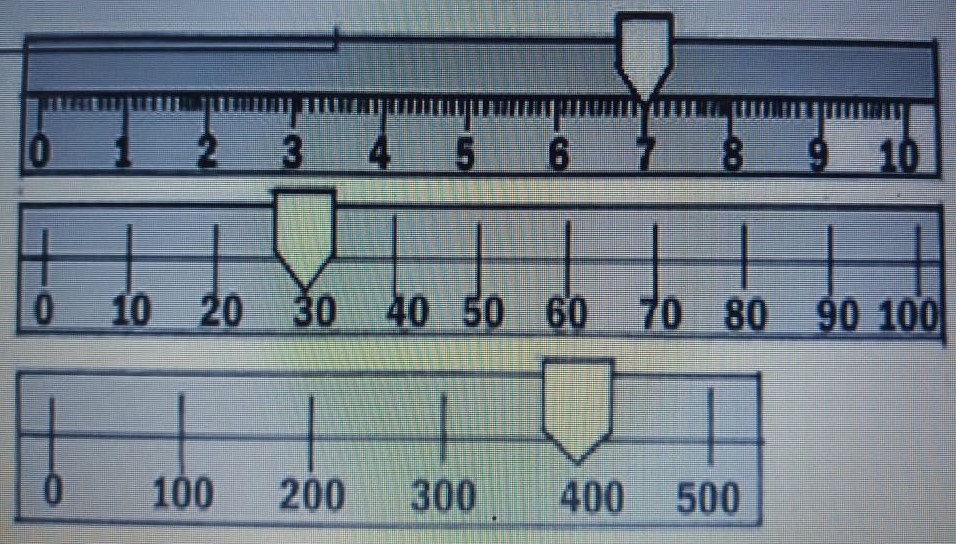Physics Questions and Discussion About Using Measuring Instruments
After studying the examples of physics questions and discussions about using measuring instruments, students are expected to be able to read the results of a measuring instrument and determine the measurement results.
Here are physics questions and discussions for high school students about using vernier calipers, micrometer screw gauges, and Ohaus balances.
The first question: Students are expected to be able to read the results of measuring the length of a beam measured with vernier calipers.
The question is: Observe the picture of the length measurement of the beam below! The result of measuring the length of the beam is ….

The solution is: The picture above is a representation of the data obtained from measuring the length of the beam using vernier calipers. To read the measurement results using vernier calipers, we first look at the main scale. The main scale on the vernier calipers is located on the top of the horizontal line. To read the value of the main scale, we look at the scale line on the top of the horizontal line before it intersects with the zero value on the vernier scale on the bottom of the horizontal line.
Based on the picture above, the main scale (SU) is 2.2 cm.
After the main scale is known, the next step is to read the vernier scale value. To read the vernier scale value, we look at the scale line on the bottom of the horizontal line, then we look at which scale line is perpendicular to the main scale line. From the picture above, we can see that the vernier scale line that is perpendicular to the main scale line is scale line 3.
Therefore, the vernier scale value (SN) is 3 x 0.01 cm = 0.03 cm.
So the length of the beam is 2.2 cm + 0.03 cm = 2.23 cm.
The second question: Students are expected to be able to read the results of measuring the diameter of a small ball using a micrometer screw gauge.
The question is: The following image shows the scale reading of the measurement of the diameter of a small ball with a micrometer screw gauge. The diameter of the small ball is…

The solution is: The picture above is a representation of the data obtained from measuring the diameter of a small ball using a micrometer screw gauge. To read the measurement results using a micrometer screw gauge, we first look at the main scale. The value of the main scale on the micrometer screw gauge can be seen by the numbers written horizontally. To read the value of the main scale, we look at the scale line before it intersects with the screw gauge limit.
Based on the picture above, the main scale (SU) is 2 mm.
After the main scale is known, the next step is to read the vernier scale value. To read the vernier scale value, we look at the scale line with numbers written downward, then we look at which scale line is parallel and intersects with the horizontal line on the main scale. From the picture above, we can see that the vernier scale line that is parallel is scale line 6.
Therefore, the vernier scale value (SN) is 6 x 0.01 mm = 0.06 mm
Therefore the result of measuring the length of the beam is SU + SN = 2 mm + 0.06 mm = 2.06 mm
The third question: Students are expected to be able to read the results of measuring the mass of an object measured using Ohaus balance.
Question: Observe the results of the three-arm Ohaus balance weigh below. The mass of the object being weighed is ….

Solution: The above image is a representation of the results of measuring the mass of an object using the Ohaus balance. To read the measurement results using the Ohaus balance instrument, we first look at the scale of the hundreds, then the tens and units.
Based on the image above, we can see that the scale of hundreds is 400, tens is 30 and units is 7, thus the result of measuring the mass of the object is 437 grams.”
telah diterbitkan di studypool.com

Guru Fisika Di SMA Negeri 2 Nubatukan